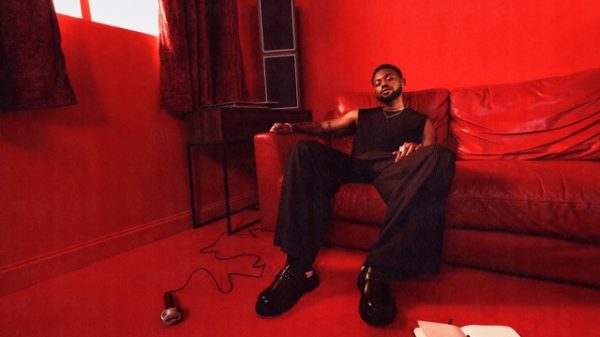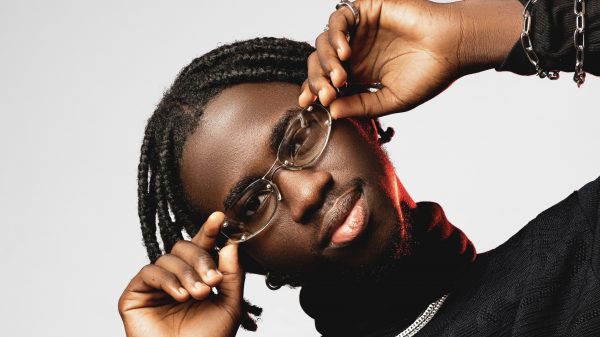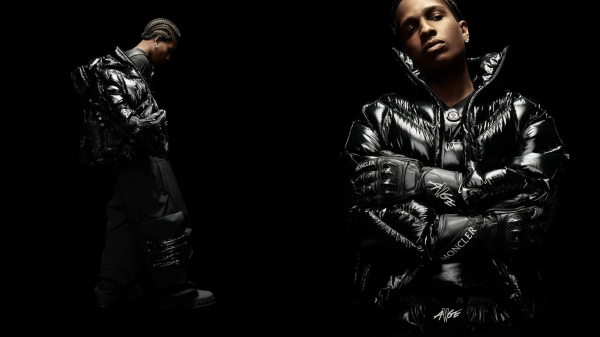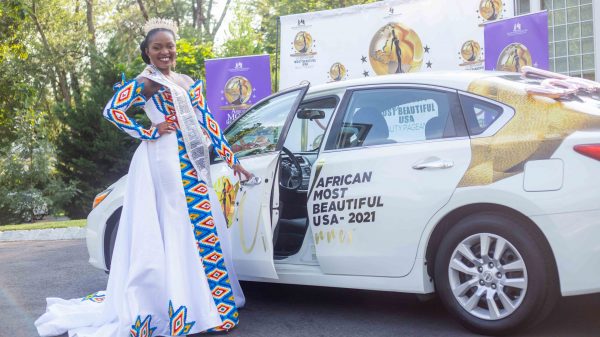When the first Porsche Cayenne models arrived on US shores as 2002 models, brand loyalists worried that an SUV bearing a sports car badge spelled doom for their beloved marque. Cayenne turned out to be a hit, and continued to be popular through its second generation of production (2011 – 2018). The 2019 Porsche Cayenne marks the start of a third generation. Now backed up in the lineup by Macan, a compact SUV which outsells it, Cayenne moves to a new platform with a new engine, exterior, interior and technology package. While it is still the mid-size two-row crossover SUV we’ve come to know, it is now an altogether sharper, sportier, and more capable vehicle than ever before. And that’s saying something.

My test vehicle was a base 2019 Cayenne with a base price of $65,700. It arrived with a with Biscay Blue Metallic paint ($800), a black leather interior ($3,750), a trailer hitch ($660), 19-inch Cayenne S wheels ($600), Sport Chrono Package ($1,130), Premium Package ($6,610, including Bose Surround Sound System, ambient lighting, comfort access, 14-way power seats with memory, auto-dimming interior mirror, panoramic roof system, Power Steering Plus, LED headlights with Porsche Dynamic Light System, Lane Change Assist and Seat Heating), and a $1,050 delivery, processing and handling fee for an as-tested price of $80,300. Cayenne comes with Porsche’s four-year/50,000-mile new vehicle limited warranty with 24/7 roadside assistance, along with a 12-year/unlimited-mile corrosion perforation limited warranty.

Cayenne’s exterior changes are subtle but significant. The headlights have been tapered, and a power dome gives more emphasis to the hood. The grille openings are more formal and linear across the front fascia, and the body sides have a crisper line above the rocker panels. Around back, the taillights are joined horizontally across the tailgate. The whole vehicle looks sportier and less bulky than before. Nineteen-inch wheels are now standard, up from 18-inches. The wheelbase remains at 113.9 inches, but overall length is up 2.4 inches to 193.6 inches, while body width is 78.0 inches, down 0.7 inches. Curb weight is also reduced, now coming in at 4,377 lbs, down from 4,488 lbs in 2018.

One of the big contributors to weight reduction was a redesign of Cayenne’s front suspension, swapping to an aluminum front axle with a separated link design in place of the double-wishbone setup of the past. The new axle design made the old steel subframe unnecessary, as an aluminum auxiliary frame supports both the axle system and the engine. The new system is said to reduce wheel vibrations and powertrain influences while optimizing steering response, precision, and straight-line driving. The rear suspension is unchanged, with a steel multi-link with steel springs.

The most striking upgrade to Cayenne is its new interior. A landscape-oriented 12.3-inch touchscreen display dominates the top of the center stack, with an intelligent array of buttons and knobs below. The new display is customizable into sections, so owners can choose to display navigation, infotainment, and vehicle settings simultaneously. Cayenne’s switchgear is particularly well-crafted, with gnurled metal surfaces on knobs and wheels, and great feedback on switches, buttons and the like. The rest of the interior offers tactile rewards as well, with high quality surfaces, materials and construction throughout. You can’t find a cheap-feeling edge or panel anywhere. Cayenne’s seats are broad and supportive, and the black leather interior on my test car was supple and rich.

Second-row passengers won’t be disappointed either, with ample leg and head room, and easy sightlines out of the windows. The big panoramic roof on my test vehicle could be unveiled to provide an open, airy feeling in the whole cabin, with a big sliding panel over the driver’s portion for great ventilation. Cargo space behind the second row is a generous 27.2 cubic feet, with a modicum of under-floor space for concealed storage next to the temporary spare and tire-changing kit. Fold down the second row, and 60.3 cubic feet of cargo space opens up. Cayenne’s interior finish is so sumptuous that you won’t want to load garden supplies within – stick to bespoke luggage and estate-sale side tables.

I’ve made a conscious effort to delay any talk of the powertrain up until now, because I know that anyone who is seriously considering a Cayenne will be distracted with the news that a new engine lurks. The base Cayenne is now turbocharged. A turbocharged 3.0-liter V6 engine with direct gasoline injection brings 335 hp and 332 lb-ft of torque to the party, up from the outgoing naturally aspirated (non-turbo) 3.6-liter V6’s 300 hp and 295 lb-ft of torque in the base 2018 model. That’s a big increase, and coupled with a 120-lb weight reduction, Cayenne is faster and more eager to romp than before. Porsche claims 0-60 mph times of 5.9 seconds (5.6 seconds with available Launch Control), and a top speed of 152 mph. The base Cayenne of 2018 took 7.3 seconds to go from a standstill to 60 mph. An eight-speed Tiptronic S automatic transmission is standard, along with all-wheel drive.

I took every opportunity to drive the Cayenne in varied situations during my week-long test drive. I’m an SUV enthusiast, and I’ve always liked Cayenne’s solid road feel, but the new engine takes the base model to a new level. It has bottomless reserves of power, and does a great job of motivating the Cayenne around. The suspension is a nice upgrade, too, managing Cayenne’s weight elegantly. Aggressive cornering doesn’t come with body roll. You can carve an elegant arc on a freeway onramp with ease, and when it’s time to overtake a slower-moving vehicle, a light squeeze of the throttle rockets the Cayenne forward. The luxurious interior is tailored and crisp, and made me feel important behind the wheel. What more can you ask for in a performance luxury SUV?

The landscape of mid-size luxury SUVs is crowded with great options this year. The BMW X5, Audi Q7, Mercedes-Benz GLE, Lexus RX, Land Rover Range Rover Sport, Infiniti QX 50, Acura MDX, Cadillac XT5, Lincoln Corsair, Volvo XC90 and others offer alternate takes on the formula. If the base Cayenne is intriguing but you want more Porsche in your SUV, there’s always the Cayenne S (starting at $82,900 with 434 hp), the Cayenne E-Hybrid (starting at $79,900 with 455 hp), and the Cayenne Turbo (starting at $124,600 with 541 hp).

All in all, the 2019 Porsche Cayenne represents an excellent start to the third generation of Porsche performance SUV legacy.
Source: Forbes































































































